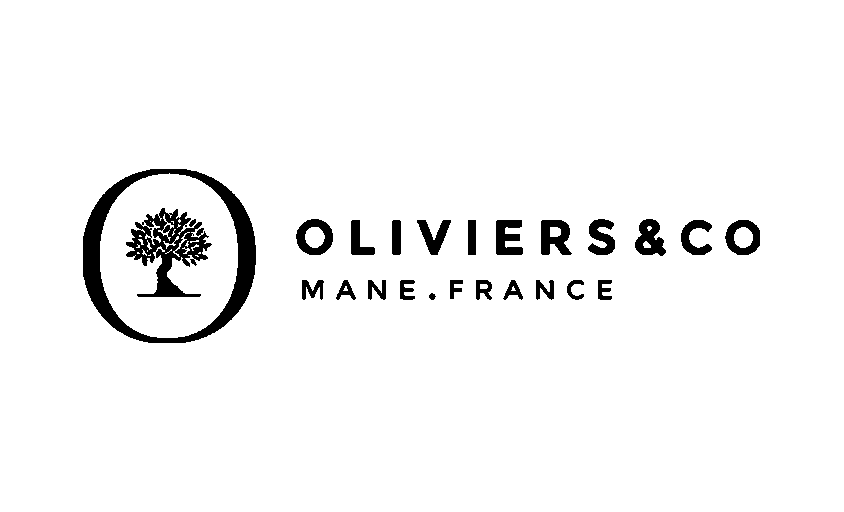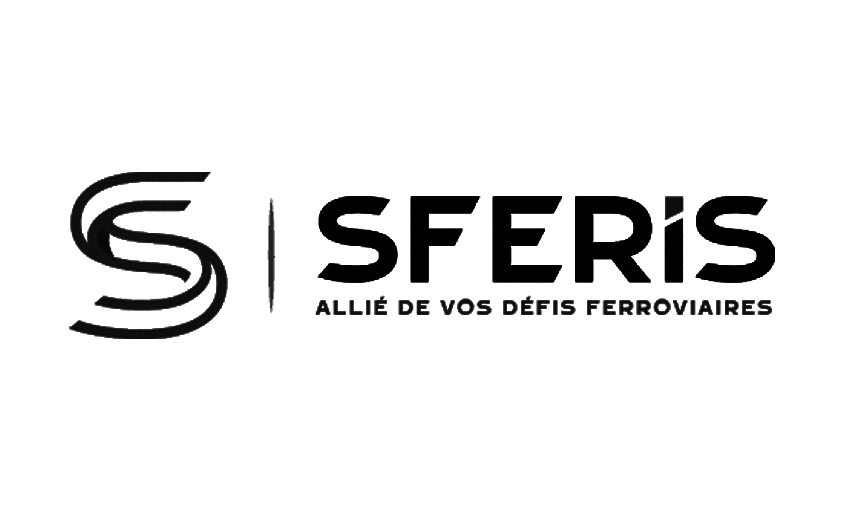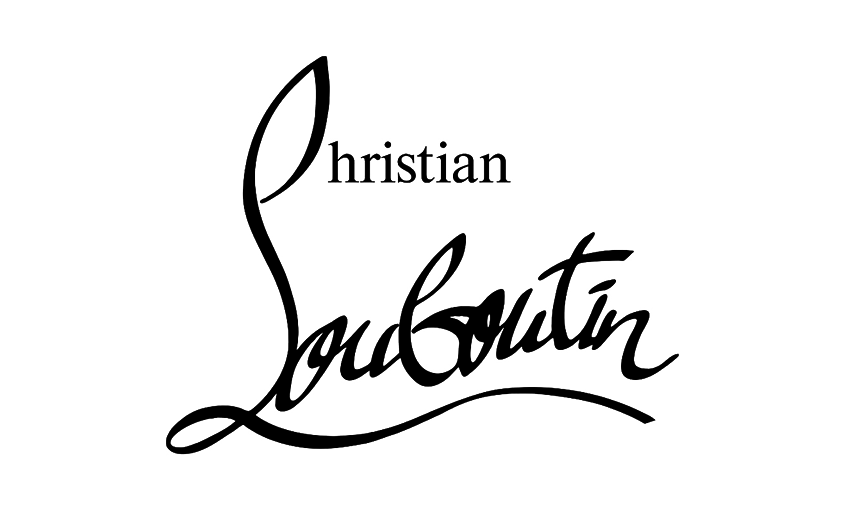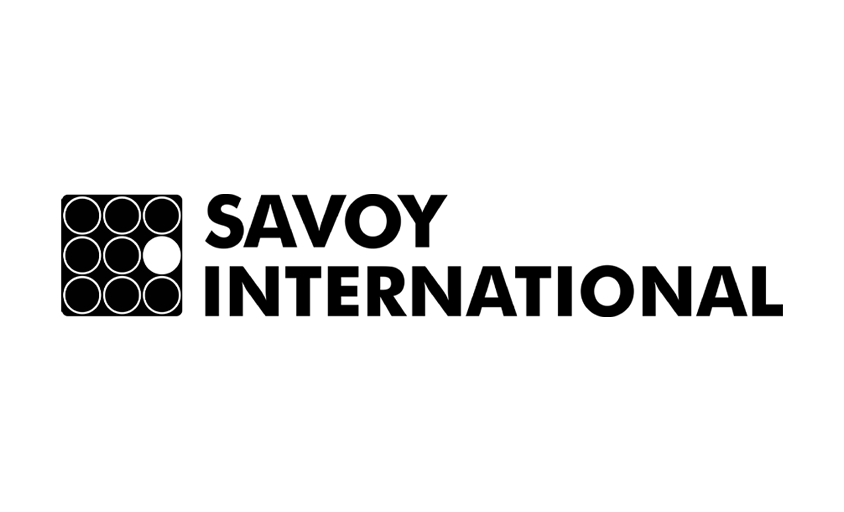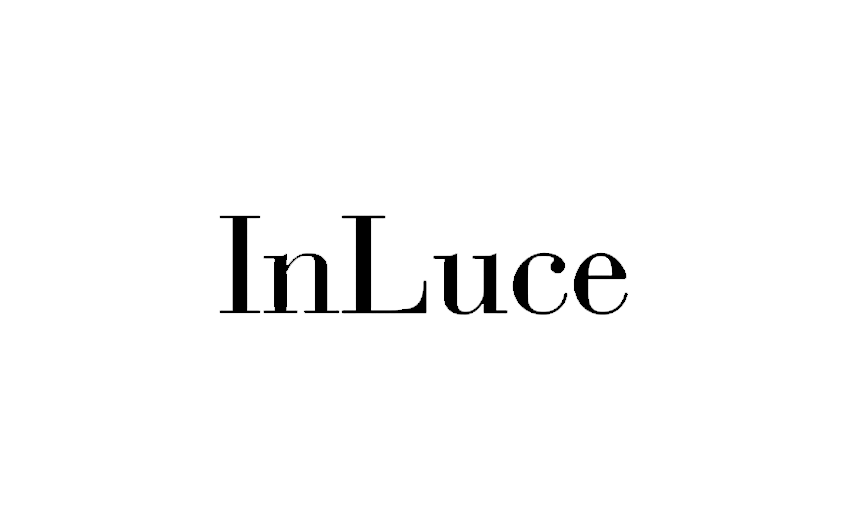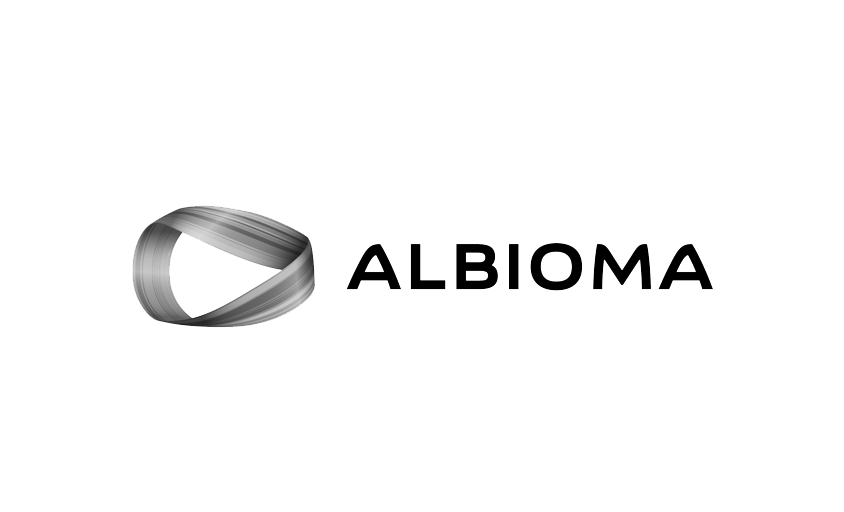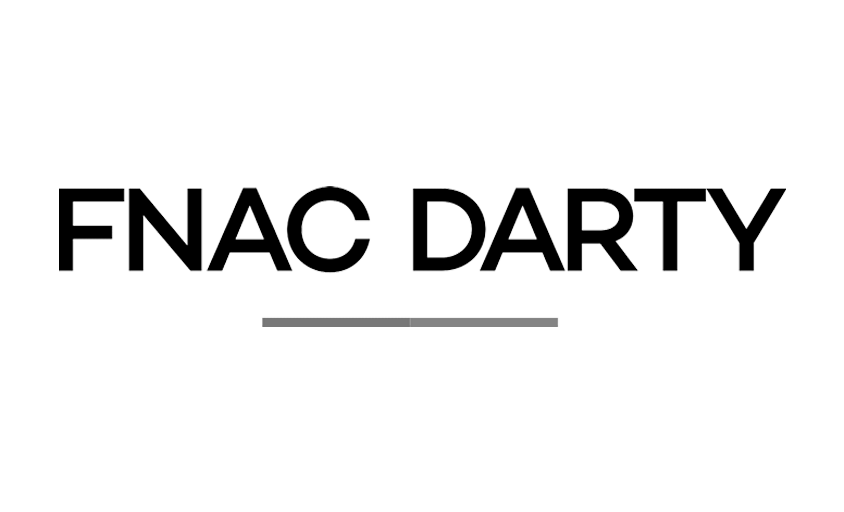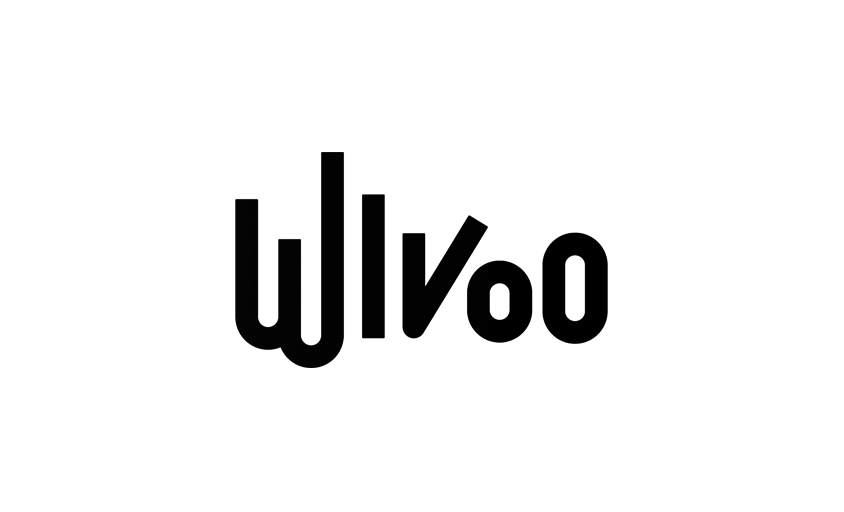Wine and Spirits Photography
In this article :
In the refined world of wines and spirits, every image tells a story, capturing the essence of a product steeped in tradition and innovation. At Rétines, our mission is to showcase these liquid treasures through precise and captivating photography, capable of awakening the senses and captivating a discerning audience.
Wine and spirits photography goes beyond a simple shot. It is a discipline where every detail (reflections, textures, transparency) enhances the appeal and identity of each bottle, whether it’s a prestigious vintage, a premium spirit, or an artisanal creation. It takes a true enthusiast to know how to tell these stories through images.
What is Wine and Spirits Photography?
Wine and spirits photography is a specialized branch of commercial photography focused on showcasing bottles, labels, and sometimes the world surrounding these products. This field requires a precise and thoughtful approach to capture not only the aesthetics of the bottles but also the story, craftsmanship, and emotions they convey.
A Sub-Specialty of Product Photography
Wine and spirits photography falls under the category of product photography, but it comes with unique challenges due to the distinct characteristics of these items. A bottle of wine, champagne, or spirits is not just any product, it combines complex materials, varied textures, and light dynamics that demand specific technical expertise.
For instance, the transparency of glass requires precise lighting to avoid unwanted reflections while highlighting the liquid inside. The liquid’s shine must suggest its purity and appeal, while the labels (often carefully designed) must remain clear and intact in the image. Subtle details like embossing or gold accents on labels or caps require meticulous handling to capture their depth and sophistication.
This discipline demands a tailored approach for each product. A premium champagne bottle should be presented in a way that evokes celebration and elegance, while an artisanal whisky might call for a more rustic, authentic aesthetic.
The World of Artisans and Brands
Wine and spirits photography goes far beyond simple packshots. It must reflect the brand’s identity and immerse the viewer in a specific world. To achieve this, every element of the scene is carefully chosen: backgrounds, props, and even lighting tones are designed to tell a unique story.
Take the example of an aged cognac. A setting featuring dark wood, a leather armchair, and warm lighting evokes a refined, timeless, and exclusive atmosphere. On the other hand, a rum targeting a younger, dynamic audience might be photographed in an exotic or urban setting with vibrant colors and contemporary accessories.
The goal of this staging is to establish an emotional connection with the consumer. Each image must capture not only the product’s qualities but also the lifestyle or experiences it promises. In this sense, the photographer acts as a visual translator of the brand’s universe, often working closely with art directors or marketing managers to ensure message consistency.
Some collaborations may even involve spirits experts like mixologists. True artisans of taste and liquid presentation, they actively contribute to the sensory enhancement of the product, both in the glass and in the image. Understanding their role and world is essential to enhance the narrative impact of a cocktail or a crafted spirit photo.
Why Is It Important?
In an extremely competitive market where consumers are exposed to countless options, visual impact is often decisive. High-quality photography can transform a bottle into a desirable object, enhancing the product’s appeal against its competitors.
Visuals are not just meant to catch the eye; they convey values. A carefully crafted image can suggest quality, craftsmanship, and tradition, or, on the contrary, innovation and modernity. These elements directly influence consumer perception, especially in the luxury and gastronomy sectors.
Finally, in a world dominated by digital platforms and social media, the image often becomes the first point of contact between a brand and its audience. Whether it is for a printed advertisement, a website, or an Instagram post, each photograph must not only be attractive but also tailored to the medium and the expectations of the target audience.
Wine and spirits photography is therefore much more than a simple aesthetic exercise; it is a strategic communication and marketing tool capable of strengthening brand awareness and driving sales.
Each photograph must not only be attractive but also tailored to the medium and the expectations of the target audience.
This visual requirement also faces strict regulatory constraints. In France, the Evin Law strictly regulates communication on alcoholic beverages. A good specialized photographer must be aware of the limits imposed by this legislation to produce content that is both impactful and compliant.
Keys to Successful Wine and Spirits Photography
Wine and spirits photography is a demanding discipline that combines technical skill and creativity. The idea here is to present the main principles that help understand this specialty and its keys to success in brand communication.
Whether it is packshots, still life photos, or visual campaigns, each type of photography serves specific objectives. Here are the essential keys to mastering this field.
1. Staging and Storytelling
A successful photograph transports the viewer into an evocative world, whether it’s the elegance of a refined dinner, the authenticity of a wine cellar, or the sophistication of a cocktail bar.
The setting, colors, and accessories must align with the brand’s values and the message it wishes to convey. For example, a bottle of champagne can be staged with festive and bright elements, while an artisanal whiskey is better suited to a warm, wood-toned ambiance.
The goal is to tell a consistent story that associates the product with its ideal tasting context, reinforcing the brand’s identity and market positioning while respecting legislations related to the promotion of spirits.
Imagery cannot be created without a deep understanding of the product itself. Knowing the origins, production processes, or even key moments of the year (such as a fair or a trade show) helps to tailor the style and tone of each shot.
For instance, an artisanal distillery can be highlighted with a documentary approach, showcasing the craftsmanship, stills, and authentic atmosphere of the premises.
Similarly, events like Whisky Live Paris or whiskey trade fairs represent unique opportunities to capture the festive and immersive essence of the spirits world. These moments are a source of inspiration to refresh visual campaigns with a more lively, engaging perspective connected to discerning enthusiasts.
2. Technical Mastery
Technical skill is at the heart of this discipline, relying on several key aspects:
Lighting: Avoid unwanted reflections, enhance the transparency of the glass or liquid, and play with shadows to enhance depth and atmosphere.
Composition: Each element must be precisely arranged to guide the viewer’s eye to essential details such as the label, the texture of the liquid, or the shape of the bottle.
Colors and Contrasts: The tones must be realistic while capturing attention, especially to reflect the premium or artisanal nature of the product.
3. Post-Production
Retouching plays a crucial role in refining the final image. Good post-production can enhance the finesse of a label, correct imperfections, or accentuate the richness of an amber hue.
This step is also essential to ensure visual consistency in a series of images, which is crucial for catalogs or digital campaigns.
Applications
Packshots
Packshots are essential for e-commerce and commercial materials such as catalogs or product sheets. Every detail (glass transparency, liquid hues, or label sharpness) must be captured with surgical precision.
A successful packshot does not just showcase the product; it conveys a sense of quality and inspires confidence. This technical approach highlights craftsmanship and reassures consumers.
To delve deeper into best practices for showcasing bottles (whether premium spirits or artisanal creations), we have created a comprehensive guide on bottle and spirits photography. It includes concrete examples, lighting tips, composition advice, and recommendations for different product types.
Still Life Photography
Still life shots go beyond the bare product. By integrating the bottle into an evocative setting, they create an emotional connection.
A bottle of red wine accompanied by a delicate tablecloth and soft lighting, or a whiskey placed on a rustic wooden tray surrounded by ice cubes, evokes the ideal tasting experience.
These images are particularly suited for magazines, advertisements, and social media, where visual storytelling is essential.
Visual Campaigns
Visual campaigns associate the product with broader values and emotions. They tell a story that goes beyond the product itself: moments of sharing, celebrations, or the discovery of new flavors.
They are often deployed across multiple platforms (posters, videos, digital publications) and require complete consistency between visuals, messaging, and the brand’s universe.
Conclusion
Wine and spirits photography is an art in itself, requiring technical expertise and aesthetic sensitivity. At Rétines, we leverage our skills to serve producers, brands, and distributors, enhancing their products and conveying their uniqueness. Through each image, we create a bridge between the bottle’s story and the expectations of discerning enthusiasts, all while respecting regulatory frameworks, industry trends, and the wealth of craftsmanship they embody.
Jérémy Carlo is the editorial director at Rétines, where he ensures the consistency and clarity of all content produced by the studio.
Our Clients
Let’s discuss
What we do for you at Rétines
Meticulous work, an organised project and fast delivery. And to achieve this, we mobilise the right resources in our teams at the right time.
01
Pre-production
Artistic and technical direction tailored to the project.
Relevant recommendations on content, form and resources.
02
Photo Shooting
Photos taken by our experienced photographers.
Production that’s controlled, efficient and tailored to the needs of the project, with nothing superfluous.
03
Retouching
Technique
Photographs magnified by our retouching team.
Post-production to meet the commercial challenges of the brief.

